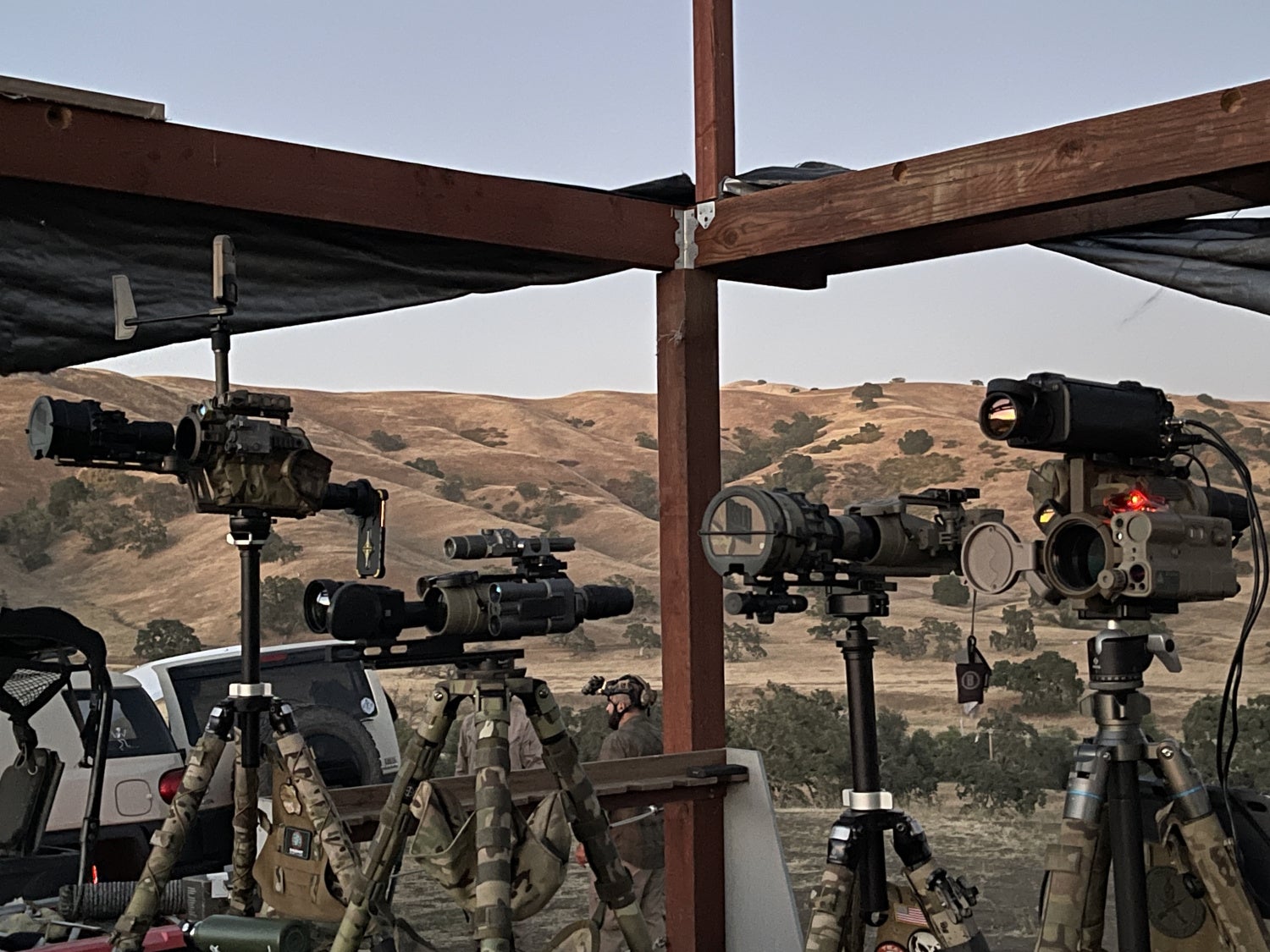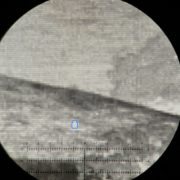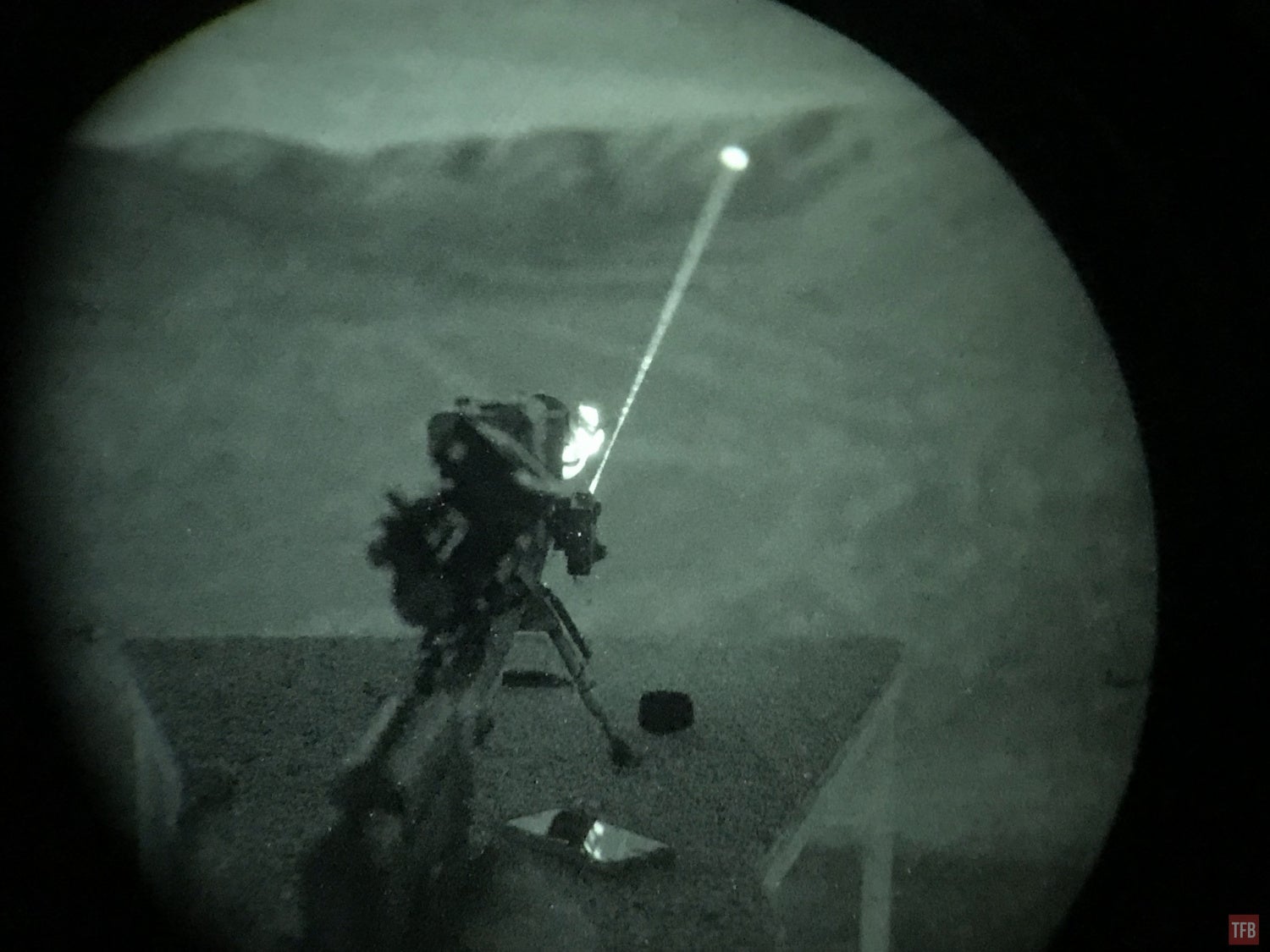Night has fallen on this Friday and you are back again for some night vision and thermal content. Today I will share with you something that has eluded my friends and me – shooting long-range thermal out to 1250 yards. The distance is nothing special but trying to do this in the dark is so much more difficult and it took our collective technologies to get the round on target. I estimate over $100k in equipment was used that day.
Thermal @ TFB:
- TFB Review: InfiRay Tube TH50 Thermal Imaging Riflescope
- Friday Night Lights: iRay RH25 Rico Micro – All-In-One Thermal Monocular, Clip-On, Weapon Sight
- Friday Night Lights: DJI M2EA – Personal Thermal ISR Drone
Trying To Shoot Long Range At Night
Shooting long range is relative. To some a few hundred yards is long-range especially if you only shoot out to 100 yards. Thankfully, the range I use has steel targets past 1,000 yards. My skill set is comfortable at 1,000 yards and I have managed to hit steel out to 1,250 yards. A mile still eludes me with my own gun. My friends are better shooters than me and while they can hit out to a mile with relative consistency, it is a completely different matter when trying to do this at night. Last week, I wrote about our retubed PVS-27s. These are some of the best night vision clip-ons that we have access to. Their performance is great but night vision has limitations.
Shooting far with night vision is easier said than done. Most people shoot out to 500 yards to 1,000 yards with night vision. Shooting further relies on a lot of variables. Ambient lighting makes a big difference but even a full moon is not enough sometimes. The challenge is not about seeing the target but seeing your misses so you can make corrections. Yes, you can argue that we should get our DOPE all set so we can make first-round hits but we do not have that skill. Also day time DOPE is not the same at night. It is a good place to start from but there are variables. So the easiest way to shoot long range at night is if you can see your mistakes so you can make corrections.
My friends and I tried to shoot a mile a while back with night vision. We thought having the brightest IR illuminator would help. Usually more light is better right? Not so. We used a 1,000mW IR illuminator. And it was too bright. While we could see the steel target a mile away, we could not see the impacts in the backstop to make corrections. The illuminator washed out all the detail.
Back when I got to look through a set of GPNVGs, we were at the range with ParaRescue who were zeroing their new MAWL-X1 lasers and testing their PVS-24LR (CNVD-LR).

The PJs have since switched to H&K M110As.
The ParaRescue guys had two Army Snipers there to help out and spot for them. What we found the most interesting was they were using a PEQ-15 for illumination on the spotting scopes rather than the KAC M110. They positioned the illuminator over the shooter so the bullet would arc up into the patch of the illuminator. They also used the illuminator in its lowest setting. I asked them about this and they said brighter illuminators will wash out the detail of what is happening downrange.
We tried this on our own and got positive results. However, this was only at 800 yards. We mounted the IR illuminator on the spotting scope and spotted the shooter with a clip-on. Watch the video below. With the illuminator beam positioned above the shooter, the bullet arcs into the beam and you can see the shadow cast by the bullet and see the trace. 800 yards is not that difficult, it was just interesting to see the trace of the round.
While this works within 1,000 yards, it does not really work past 1,000 yards no matter how hard we try. It was not until I shot with the UTCXII that I realized that long-range thermal may be the answer to shooting past 1,000 yards in the dark.
Shooting Long-Range Thermal
The major difference between night vision and thermal is that thermal is not dependent on light to see in the dark. When we shot with the UTCXII out to 800 yards, we could see the impacts and misses so we could make corrections. The ultimate test was to see if we could shoot further. We managed it but it involved some expensive equipment.
As you saw in the video above, there were three long-range thermal devices and a night vision clip-on. My friend Kevin already had DOPE for this target in the daytime. He used his Voodoo-M to see the target while our friend Vic used his FLIR HISS to spot. I used the UTCXII on my spotting scope to help spot. While the image was really pixelated at 1250 yards away we could see dirt get kicked up from the bullet Kevin fired. Since we could see the impact, we could tell him where to aim next and he hit the steel target.
You can see the night vision clip-on on the far left. Just below that is my spotting scope and UTCXII followed by our friend Kythe’s spotting scope and PVS-27. And at the far right is Vic’s spotting scope with FLIR HISS on top.

By our powers combined
Final Thoughts
This was a milestone for my friends and me. While we could make this shot in the daytime, it is completely different trying to do it in the dark. Unfortunately, it required the use of some very expensive long-range thermal systems. A FLIR HISS is easily $50k. The UTCXII is $26k and a VooDoo-M is over $21K. To our surprise, my RH25 Micro could detect the target. It shows up as a pixel bit you can see it circled in red below.
Is this practical though? Not really. No way would we be able to ID our target. This is like shooting ELR. It is not exactly practical but it is fun challenging yourself and succeeding.





